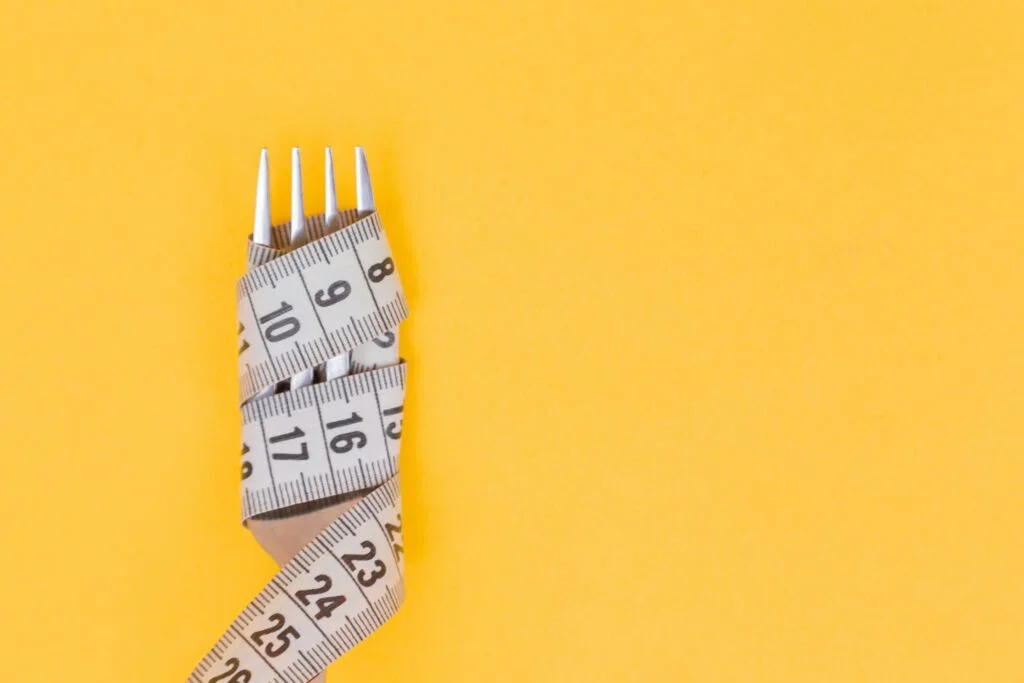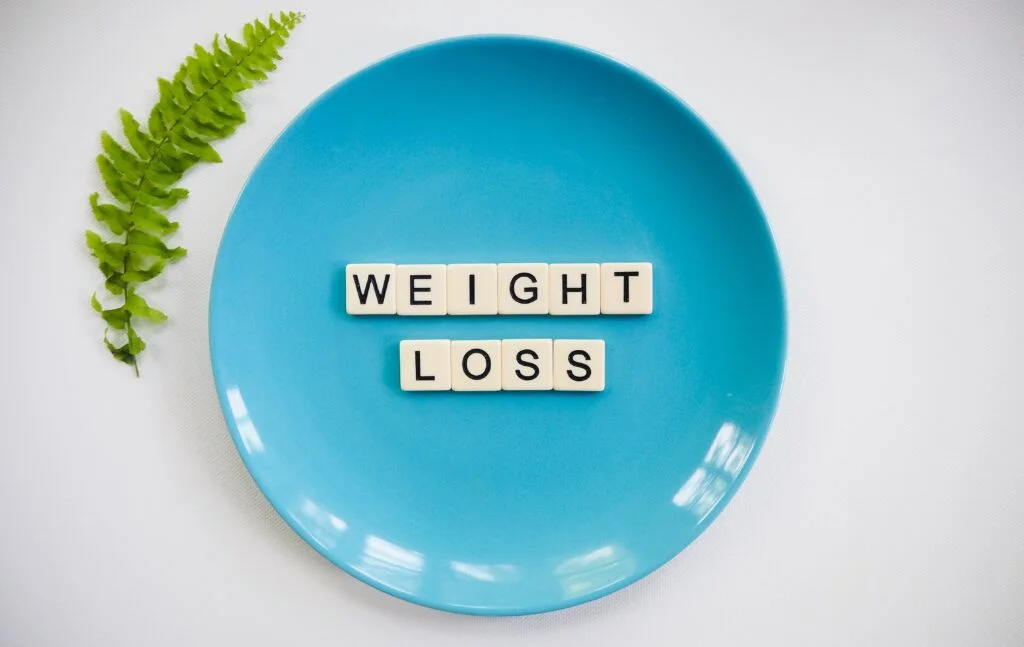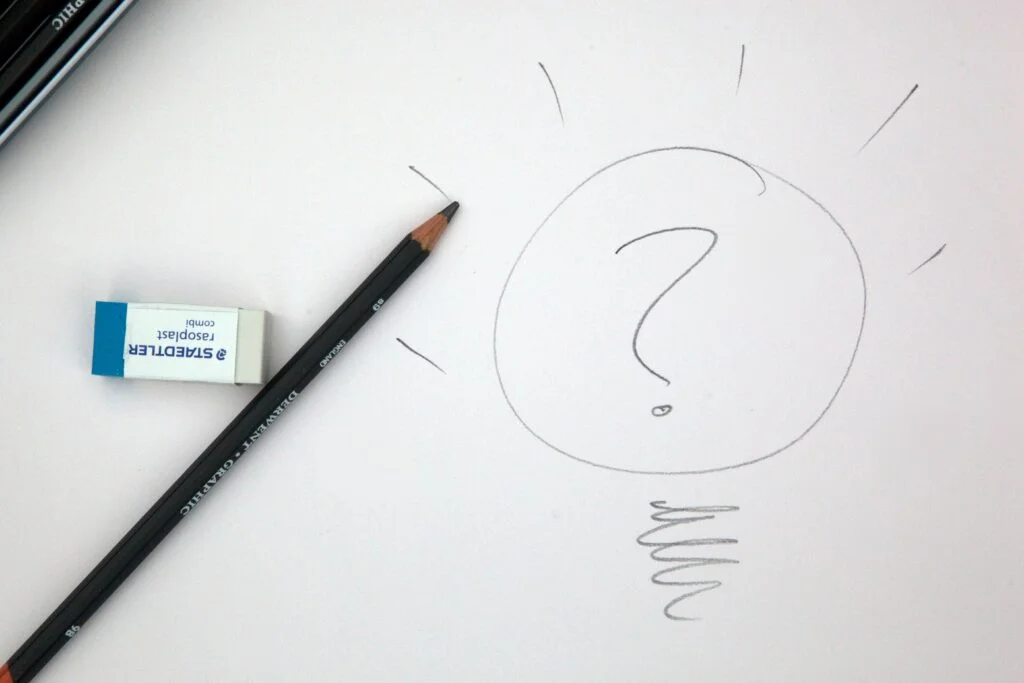Last Updated on May 7, 2022 by
In this article, we’re focusing on how to cut after bulking. So, you’ve bulked up gained weight, muscle mass and unfortunately fat. Now it’s time to cut and get lean, but how is this done?
It can be difficult to do properly, if done wrong you may lose all the muscle you’ve gained.
In this article, we’ll dive into how to cut after bulking properly, step by step. So, let’s begin.

Understanding Different Types Of Dieting
First, it’s important to understand the 3 main types of dieting and their uses in regard to bodybuilding.
Understanding Bulking
What Is Bulking?
Since you’re reading this ‘how to cut after bulking’ article, it’s assumed that you already have knowledge on the topic of dieting. But in case you’re new to dieting I’ll break it down anyway.
Bulking is the practice of consuming more calories than your body needs to function on a daily basis. This is usually from high calorie-dense foods such as these.
This amount will vary from person to person, usually, the recommended amount is 500 calories over the daily maintenance amount.
What Is Bulking for?
Bulking is used primarily to gain weight, muscle, and strength and to progress in the gym. However, the obvious side effect of this is fat gain.
Most bodybuilders will cycle on and off through phases of bulking, maintenance and cutting throughout the year.
However, it isn’t as necessary as people think… Personally, I only cut and ‘main gain’. I don’t see the purpose in bulking as the extra weight isn’t appealing to me.

How Do You Bulk?
As briefly mentioned above, you have to be in a calorie excess. This can be done by consuming more calories than your body needs, through food and bulking supplements.
For example, if your daily calorific needs are 2000kcal you should eat around 2500kcals per day for a set amount of time.
This time is usually around 8-12 weeks, but it will depend on your needs, body and goals.
Understanding Maintenance
What Is Maintenance?
In this ‘how to cut after bulking’ article, maintenance calories will pop up a lot, and for good reason. Maintenance calories will generally be your default mode of dieting.
It’s the practice of eating the number of calories your body needs to maintain itself, no more, no less. However, this does not mean you can’t gain muscle or lose fat.
The average adult’s recommended daily calorie intake is 2000kcals. So, taking this into account this would be your maintenance calories.
What Is Maintenance for?
As mentioned earlier, maintenance is the standard model of dieting you should be following if you’re not cutting or bulking.
However, do not confuse maintenance for a static state of dieting where not much happens. You can build muscle and lose fat whilst in maintenance calories.
I’ll make a more detailed article on this in the future, but fundamentally it comes down to how hard you train. This is done by using things such as progressive overload.

How Do You Maintain?
Throughout this ‘how to cut after bulking’ article, you’ve probably already got a good idea of how to properly utilise a maintenance diet. But, here are some foundational steps if you don’t know.
First, you’ll need to find your daily calorie needs by using something such as a calorie calculator. After finding this amount you’ll have to eat within the said amount every day without going over or under.
Technically you could reach this amount through cardio if you overeat, but for simplicity’s sake, it’s easier to just stick to the calorie amount.
Understanding Cutting
What Is Cutting?
Now, what we’re all here for – cutting. Before we get into how to cut after bulking, it’s important to understand what cutting actually is.
Cutting is the act of ‘cutting’ your daily calorie intake through eating less food and also by increasing your daily energy expenditure.
Although, once again just focus on the calorie intake rather than the physical expenditure. It’s very difficult to out-train a bad diet.
What Is Cutting for?
Cutting is for showing the world your hard work. Cutting allows you to chisel away the body fat and lower your weight on the scales, without sacrificing your muscle (if done right).
There are many benefits to cutting and losing weight, some of which are; improved confidence, improved health, increased testosterone and much more.
Interestingly, cutting is not just used in the sport and activity of bodybuilding. For example, professional combat sports athletes will have to cut their weight to meet the regulations of the weight class they belong to.

How Do You Cut?
Similar to the 2 other modes of dieting, first you’ll have to find your maintenance calories. Once again, you can do this by using a calorie calculator.
Now you’ll have to structure your daily meals, so the calories fit within your daily cutting boundaries. You can do this accurately by weighing out your food and keeping track of each calorie.
How To Cut After Bulking
Now the fundamentals of the 3 types of dieting have been covered, it’s time to jump into how to cut after bulking. Obviously, it will differ from person to person, but this is the standard set of stages I, and my clients follow.
Stage 1 – Measurement & Planning
The first step of cutting after bulking is planning. It’s often forgotten and overlooked, but proper planning will make or break the success of your cut.
When asked how to cut after bulking, I always reply; “plan your cut in detail”. For example, how long will you cut for? How many calories will you be consuming? Will you be using cardio?
These are just a few of the things you should consider and plan for before you undertake a cut after bulking.

Stage 2 – Entering Maintenance
Now you’ve established your cutting plan it’s time to enter into maintenance calories for a short amount of time, such as 2 weeks.
This allows your body time to ‘own’ the gains you’ve made during the bulk. It also puts less stress on your body and digestive system.
As stated earlier in the article, you’ll have to find out what your maintenance calories are of course. Don’t blindly guess for gods’ sake!
Stage 3 – Entering Your Cut
Now you’ve completed the short maintenance cycle, it’s time to enter your cut. You should have already planned for how long you’re going to cut.
Make sure you’ve got an idea of the food you’re going to be eating in your cut beforehand. You could make a plan if you’re a beginner, but all that matters at the end of the day are the number of calories you’re consuming.
All that’s left now at this stage is to stick to it, day in and day out stick to your calories. Ultimately this is the most important step.

Stage 4 – Adding In Cardio
During the later stages of the cut, it will be more difficult to shed off fat as your body is trying its best to hold on to what it can.
In this case, it may be worthwhile for you to add in cardio for fat loss to further push the needle, and not only rely on a calorie deficit from food.
However, don’t overdo it. A session of 250kcals is enough, too much will make you hungry and too tired for further training.
Stage 5 – Consider Adjusting Your Calories
Similar to the time period of adding in cardio, you should consider adjusting your calories to match your current weight.
As you progress through your cut your weight will decrease, and so will your calorie needs. So it may be worthwhile decreasing your calorie intake.
There’s no set amount I can confidently suggest, review the calorie calculator every month or so and adjust your calories from there. You’ll have to play around with this one and see what works for you.

What To Do After Cutting
After you’ve finished this cut, it’s time to start preparing for your next move. Now you know how to cut after bulking, it’s time to enter maintenance again.
After maintenance, you can progress to bulking again, after that progress back to cutting again. Repetitive I know, but this is the bread and butter of bodybuilding.
Takeaway
Hopefully, now you know extensively how to cut after bulking. There’s always more to learn when it comes to fitness or anything for that matter.
These foundational steps will send you in the right direction of getting shredded after your bulk if you follow them correctly.
So, as always put in the work, and you’ll get there.
Your coach, Jack.







